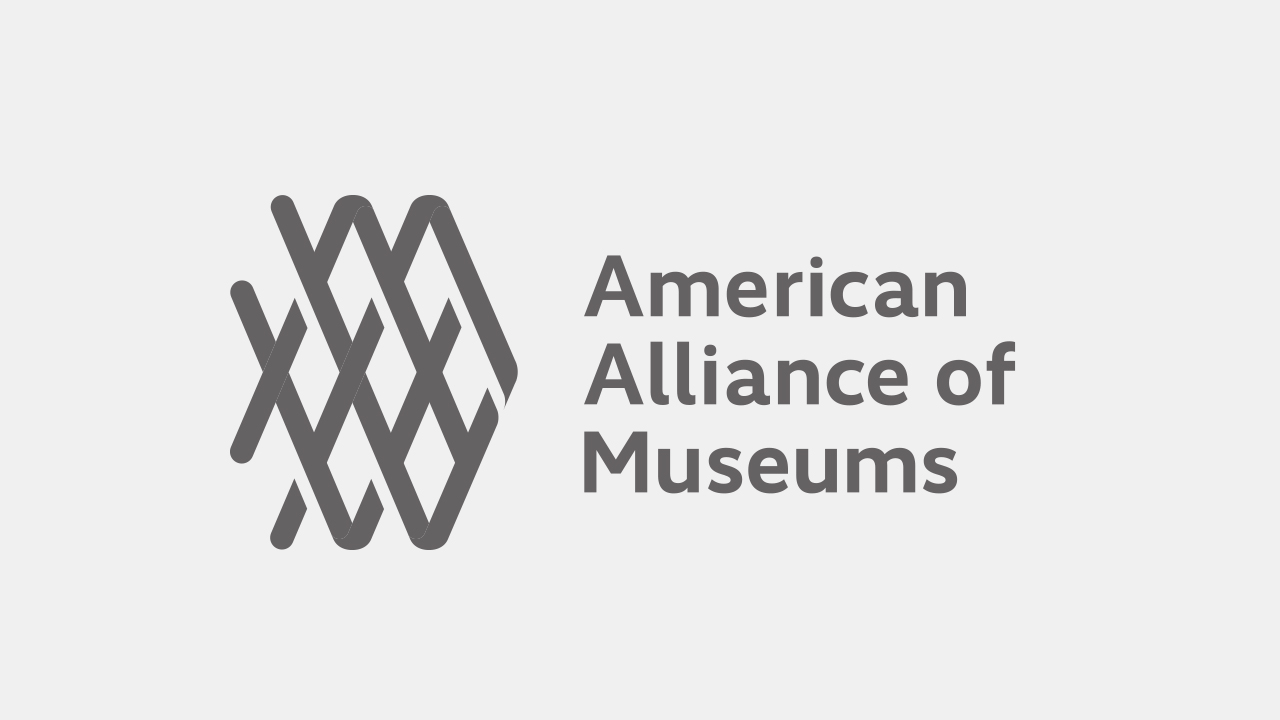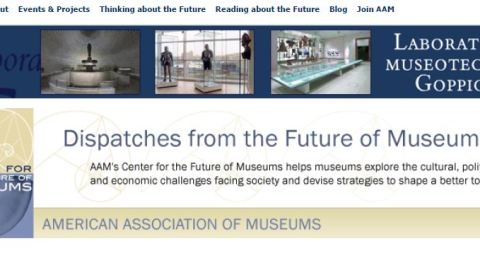
In the museum field, clear and well-defined position descriptions are more than just paperwork—they’re essential for setting expectations, aligning goals, and ensuring employees thrive in their roles. A strong job description clarifies responsibilities, attracts top talent, streamlines hiring, and provides a roadmap for performance evaluation and professional growth.
But a job description alone isn’t enough. Assessing a candidate’s skillset during the hiring process is just as critical. Museums need professionals with a wide range of expertise—from curation and collections management to education, visitor engagement, and security. Beyond technical qualifications, traits like adaptability, communication, problem-solving, and cultural competency are crucial in a candidate’s success.
By combining well-crafted position descriptions with thorough skill evaluations, museums can build dynamic teams that fulfill job functions and drive the institution’s mission.
Since every museum is unique, these template descriptions should serve as a foundation for customizing to reflect your organization’s specific needs, culture, and goals. These descriptions and skill sets were developed with the assistance of various experts in the museum field. Particular thanks go to Leah Melber, Ph.D., Chris Morehead, Danyelle Rickard, Grace Stewart, and Joseph O’Neill.








For future, a job description for Registrar would be helpful. Registrars are often overlooked in the museum hierarchy, partly because the position is blended into collections managers or other positions, but by definition Registrars have distinct duties from other roles. For those of us that proudly hold the position, as I have for 25 years, we understand how important it is to continue to advocate for our recognition as a stand alone role when it is lucky enough to exist. A job description for young professionals just joining the field would serve to give them a solid foundation from which they can delineate themselves from their curatorial department colleagues when the line between similar roles is vague, and as I have personally found, a solid job description is especially useful when having to defend the need for a registrar in one’s institution during job cuts. Sadly, the registrar is often the first one let go due to the lack of understanding of our role and its unique contribution to the institution.
Hello Christine, Thank you for recommending this. We have a registrar position description in the works. Would you be willing to review the content at some point?
Cheers,
Cecelia
Thank you for sharing these. It is so helpful to have these as resources. Would you ever consider doing a sample of organization charts?
Glad you’ve found them useful, and thanks so much for the suggestion!
Thank yo so much do this extremely useful clarification of professional roles. I have a question, will you please include in this list also the exhibition manager? Thank you so much!
Clarenza Catullo
Hi Clarenza, thank you for the suggestion! We’ve added it to our list of future descriptions to add.
These are very helpful, thank you! I like the idea of an organizational chart, especially if it could detail which positions are more easily combined for small institutions.
I’m new here and find these very helpful. I also think an org chart would be great to have! Perhaps Members wouldn’t mind sharing their org charts, anonymously, and then AAM could compile them? I’ve seen wonderful salary surveys, with job titles, yet nothing that shows the reporting structure within the institutions.